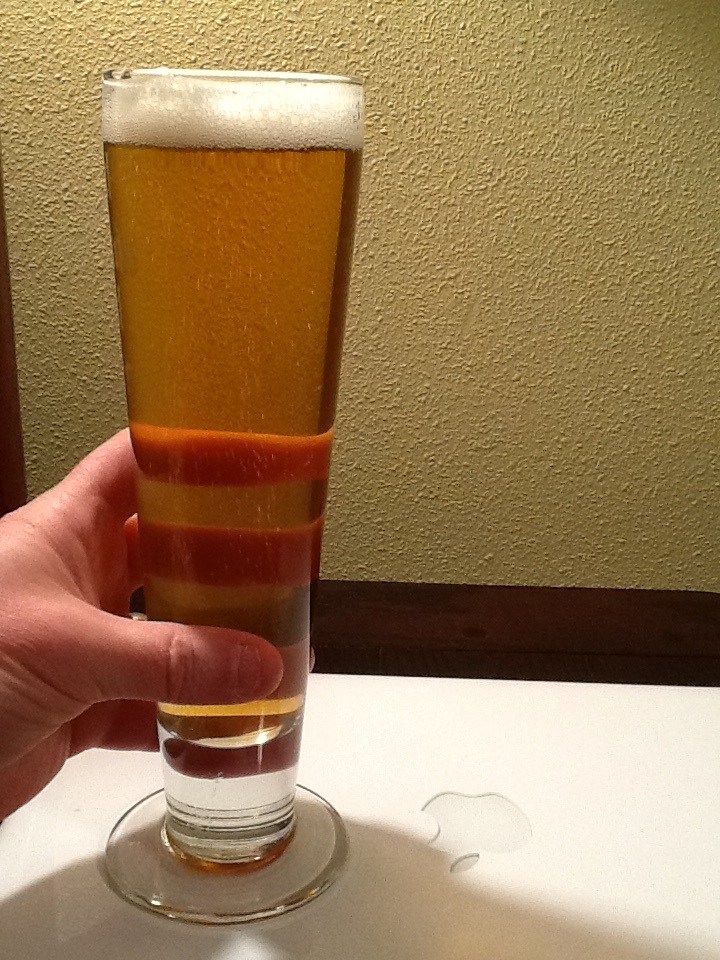So... I have been planning to use this method for a Marzen I have in the fermentation chamber now.
This was my plan.
1. Ferment for about a week at 55 (should have gone lower I know but too late now)
2. D-rest at 68 for a week or until finished
3. Gradually lower the temps to 32 and hold for a week.
4. Lager in Kegs so I can sample it

I am trying to understand the specific difference in this technique versus a traditional method. Many of the articles I have read on lagering also incorporate a D-rest so that that's not really different.
Is the main difference between this and a traditional lager method the just that its suggest cutting out unnecessary time with specific timing of the D-rest when the yeast are mostly done but still very active? While also swapping the order kegging and lagering?
fermenting 2 weeks, d-rest, lagering, kegging?
vs
fermenting 1 week, d-rest, kegging, lagering?
Most people have reported that 2 more weeks in the keg and their beers taste much better but those are likely the two weeks you might have lagered it before kegging. Help my head stop spinning

Thanks,
David






























![Craft A Brew - Safale BE-256 Yeast - Fermentis - Belgian Ale Dry Yeast - For Belgian & Strong Ales - Ingredients for Home Brewing - Beer Making Supplies - [3 Pack]](https://m.media-amazon.com/images/I/51bcKEwQmWL._SL500_.jpg)































